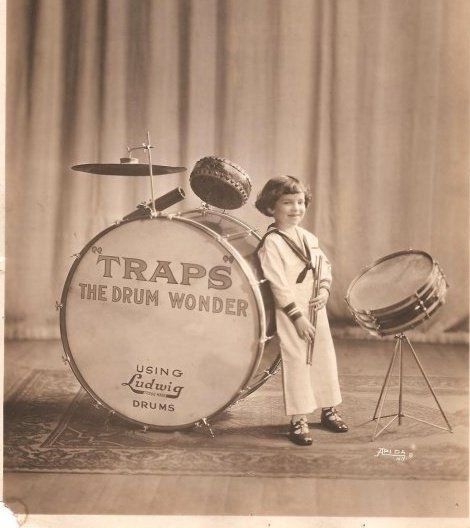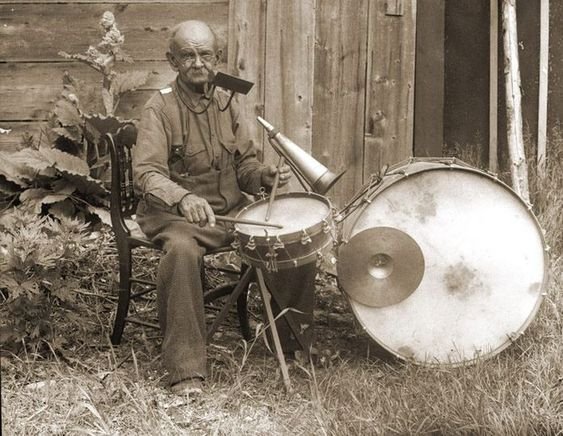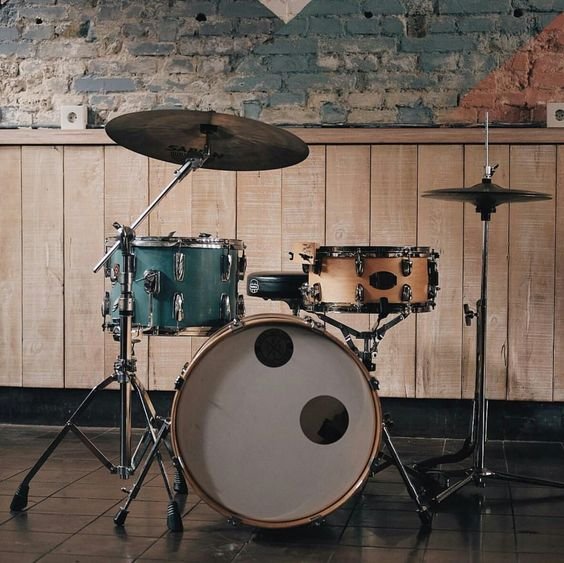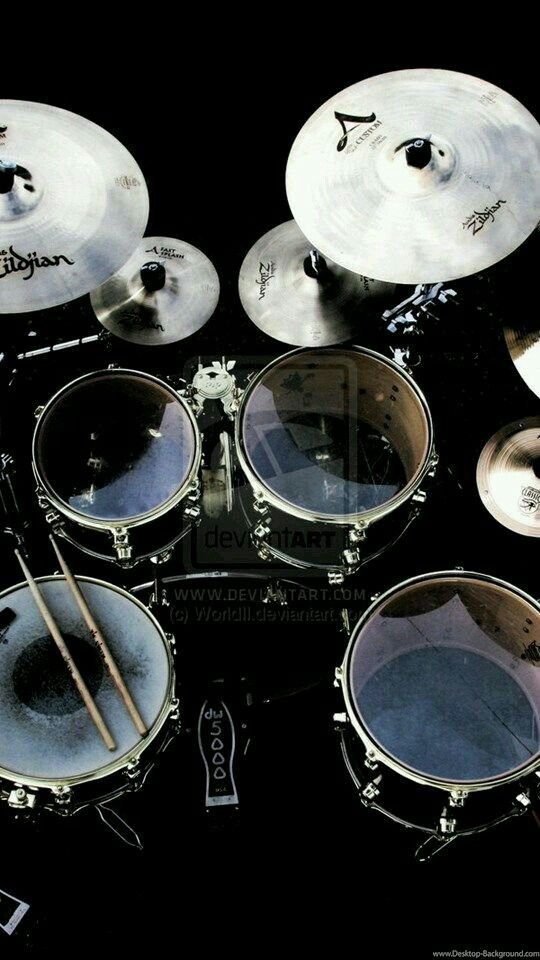Beats to the Rhythm: Exploring the World of Drums

INTRODUCTION
As one of the oldest musical instruments, drums have been a crucial part of music for centuries. From the rhythmic heartbeat in African tribal music to the driving beats in modern pop and rock, drums play an important role in setting the tempo and creating a dynamic soundscape. In this blog, we will dive into the history, styles, and techniques of drumming, as well as provide tips for aspiring drummers. Get ready to tap into your inner percussionist and discover the joy of drumming.”

ORIGIN OF THE DRUM
The exact origin of the drum is unknown, but it is believed to have been one of the earliest musical instruments. Drums were used in various cultures for religious rituals, ceremonies, and communication. Ancient drums were made from animal skins stretched over hollowed-out logs or other natural materials. Over time, drum design evolved and now includes a range of materials such as metal, wood, and synthetic materials. Today, drums continue to be a versatile and integral part of music across many genres and cultures.
The history of drums dates back to ancient civilizations, where drums were used for a variety of purposes including religious rituals, communication, and entertainment. Some of the earliest known drums were found in Africa and date back to 5000 BCE.
In ancient cultures such as the Egyptians, Greeks, and Romans, drums were used in military and religious ceremonies. During the Middle Ages, drums were used as a means of communication in battle and to announce events.
In the 19th and 20th centuries, the development of jazz and blues music saw the rise of drumming as a solo instrument. With the advent of rock and roll in the 1950s and 1960s, the drum kit became a central component of popular music, and drummers like Buddy Rich and Gene Krupa became famous for their virtuosic playing.
Today, drums are a staple in a variety of musical genres, from classical and jazz to rock, pop, and hip-hop. With advances in technology and instrument design, drumming has continued to evolve and grow in popularity.

HOW DRUM IS MADE
Drums are made from a range of materials, including wood, metal, and synthetic materials. The process of making a drum typically involves the following steps:
- Shell construction: The drum shell is made from materials such as wood, metal, or synthetic materials, and is usually cylindrical in shape. The size and shape of the shell will determine the sound and pitch of the drum.
- Drumhead installation: A drumhead, made from animal skin or synthetic material, is stretched over the top and bottom of the drum shell and secured in place with tension rods.
- Tension adjustment: The tension of the drumhead is adjusted by tightening or loosening the tension rods. The amount of tension affects the sound and feel of the drum.

- Finishing: The drum may be painted or stained, and hardware such as lugs, hoops, and bass drum spurs may be added.
- Tuning: Finally, the drum is tuned by adjusting the tension of the drumhead until the desired sound is achieved.
The process of making a drum can vary depending on the type of drum and the materials used, but the basic steps are the same for all types of drums.
SEVERAL TYPES OF DRUMS
There are many different types of drums that are used in various cultures and musical genres around the world. Some of the most popular and well-known types of drums include:
- Snare Drum: A small drum that is typically used in military and orchestral music. It has a high-pitched sound and is often used for quick, sharp beats.
- Bass Drum: A large drum that is typically used in marching bands and orchestral music. It produces a deep, low-pitched sound.
- Conga Drum: A tall, cylindrical drum that is often used in Latin American music. It produces a deep, resonant sound and is played with the hands.

- Djembe Drum: A goblet-shaped drum that is traditionally used in West African music. It produces a high-pitched, resonant sound and is played with the hands.
- Bongo Drum: A small, cylindrical drum that is typically used in Latin American music. It produces a high-pitched, sharp sound and is played with the hands.
- Tambourine: A small, hand-held drum that is often used in folk and world music. It has jingles attached to the rim and is played by shaking or striking it.
- Darbuka: A goblet-shaped drum that is traditionally used in Middle Eastern music. It produces a sharp, resonant sound and is played with the hands.
- Tabla: A pair of small drums that are commonly used in North Indian classical music. They produce high and low-pitched sounds and are played with the hands.
These are just a few examples of the many different types of drums that are used in various musical styles around the world. Each type of drum has its own unique sound and is used in different musical contexts to create specific rhythms and sounds.

FEATURES OF DRUMS
Drums are a fundamental aspect of music, and their features play a crucial role in determining the sound they produce. Some of the most important features of drums include:
- Shell: The drum shell is the main body of the drum and is usually cylindrical in shape. The material and size of the shell determine the sound and pitch of the drum.
- Drumhead: The drumhead is the stretched skin or synthetic material that covers the top and bottom of the drum shell. It vibrates to produce sound when struck.
- Tension rods: Tension rods are used to secure the drumhead in place and to adjust the tension of the head to change the sound of the drum.
- Hoops: Hoops are metal or wooden rings that encircle the drumhead and hold the tension rods in place.
- Lugs: Lugs are small metal fittings attached to the drum shell that provides a means for adjusting the tension rods.
- Bass drum spurs: Bass drum spurs are legs that are attached to the bottom of a bass drum to raise it off the ground and allow it to be played while sitting.
- Beater: A beater is a device used to strike the drumhead, typically made from wood or plastic and attached to a drum pedal.
These features make up the basic components of a drum, and different types of drums may have additional features depending on their design and intended use.

LIST OF FAMOUS MUSICIANS OF DRUMS
- Buddy Rich (1917-1987) – American jazz drummer known for his virtuosity, speed, and technical ability. He was a bandleader, composer, and performer and is widely considered one of the greatest drummers of all time.
- Gene Krupa (1909-1973) – American jazz and big band drummer who was one of the first drummers to achieve widespread recognition as a solo artist. He was known for his flashy, energetic style and was a major influence on later drummers.
- Ringo Starr (born 1940) – English rock drummer best known as the drummer for The Beatles. He was a key member of the band and his simple, melodic drumming style was an important part of the band’s sound.
- John Bonham (1948-1980) – English rock drummer who was the drummer for Led Zeppelin. He was known for his powerful, driving beats and innovative use of double bass drumming.
- Neil Peart (1952-2020) – Canadian rock drummer best known as the drummer for Rush. He was widely considered one of the greatest drummers of all time and was known for his complex, virtuosic drumming style.
- Phil Collins (born 1951) – English singer, songwriter, and drummer who was the drummer and lead vocalist for Genesis and later a successful solo artist. He was known for his versatile and powerful drumming style and innovative use of electronic percussion.
- Dave Grohl (born 1969) – American rock drummer, singer, and songwriter best known as the drummer for Nirvana and later as the frontman for Foo Fighters. He is widely considered one of the greatest drummers of all time.
- Questlove (born 1971) – American hip-hop and neo-soul drummer, DJ, and producer best known as the drummer for The Roots. He is known for his innovative, groovy drumming style and his versatility as a musician.
- Tony Williams (1945-1997) – American jazz drummer who was one of the pioneers of jazz-rock fusion. He was known for his intricate, dynamic drumming style and influenced later jazz drummers.
- Dennis Chambers (born 1959) – American jazz and funk drummer known for his powerful, explosive playing style. He has been a sought-after session drummer and has worked with a wide range of artists, from John McLaughlin to Neneh Cherry.
- Carl Palmer (born 1950) – English rock drummer best known as the drummer for Emerson, Lake & Palmer. He was known for his fast, virtuosic drumming style and his innovative use of electronic drum kits.
- Steve Gadd (born 1945) – American jazz and session drummer known for his powerful, groovy playing style. He has been a sought-after session drummer and has worked with a wide range of artists, from Steely Dan to Eric Clapton.
- Sheila E. (born 1957) – American percussionist and drummer knew for her eclectic, energetic style and her work with a wide range of artists, from Prince to Ringo Starr.
- Stewart Copeland (born 1952) – American rock drummer best known as the drummer for The Police. He was known for his distinctive, rhythmic playing style and his innovative use of reggae and world music influences in rock music.

CURRENT SCENARIO
The current scenario for drummers is diverse and exciting. With the rise of technology and the internet, drummers have more opportunities than ever to connect with other musicians, share their music, and build their careers. There are also many new and innovative products being developed for drummers, from electronic drum kits to innovative percussion instruments.
In terms of music, there are many different styles and genres that drummers can explore, from rock and metal to jazz and hip-hop. The role of the drummer has evolved as well, with many drummers taking on more creative responsibilities and playing a more integral role in the overall sound of a band or project.
Overall, the current scenario for drummers is one of growth and possibility, with new opportunities and challenges emerging all the time. Whether you’re a beginner or a seasoned pro, there’s never been a better time to be a drummer.

CONCLUSION
In conclusion, the drum is a versatile and powerful instrument with a rich history and vibrant present. From its origins in ancient cultures to its central role in modern music, the drum has remained an essential component of musical expression. With its dynamic sound and physicality, the drumming continues to inspire and captivate musicians and listeners alike. Whether you’re a seasoned pro or just starting out, there’s never been a better time to explore the world of drumming and discover the joy of making music with this incredible instrument. So why not pick up a pair of sticks and start playing today!


